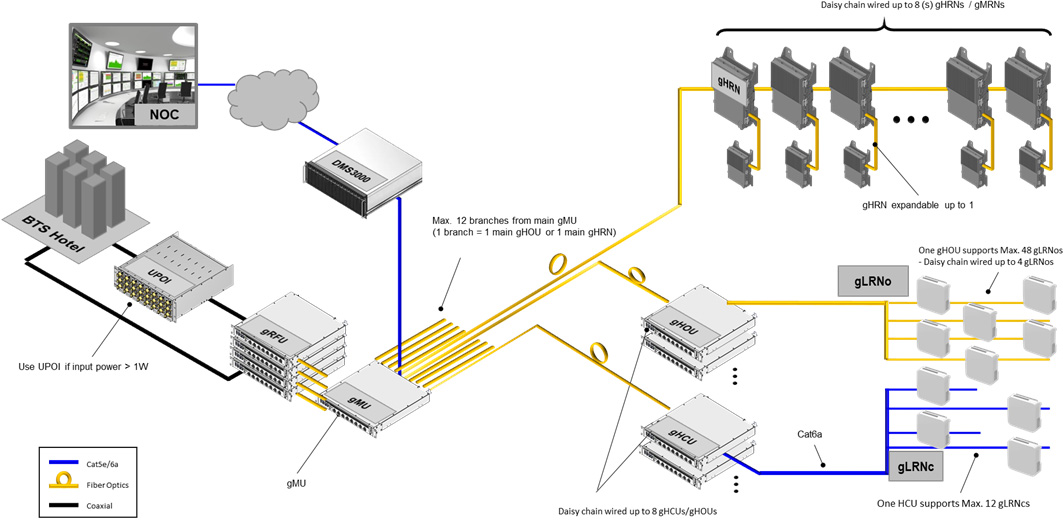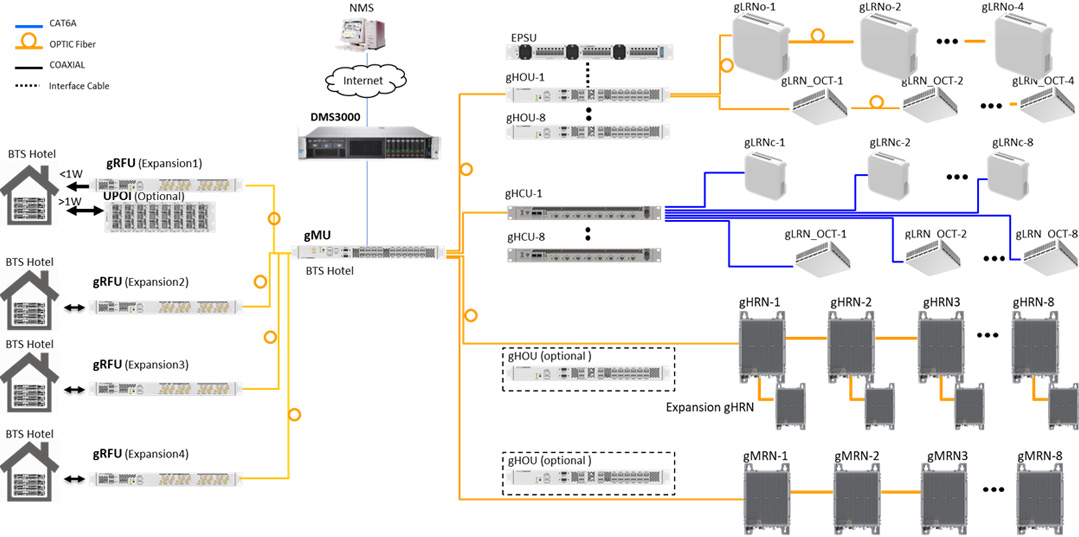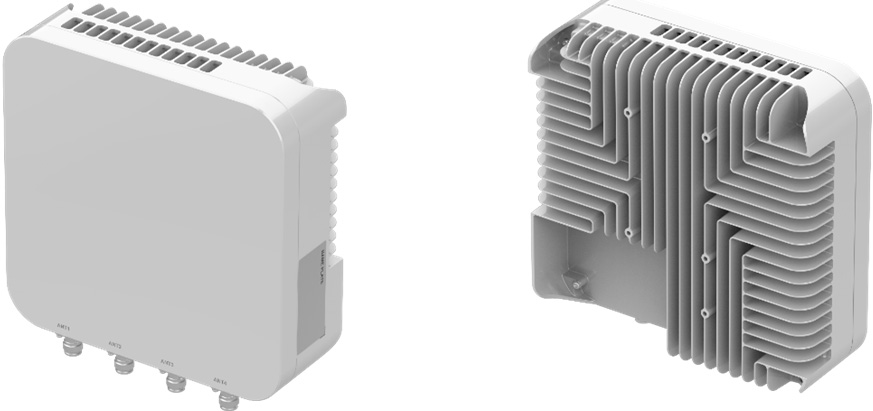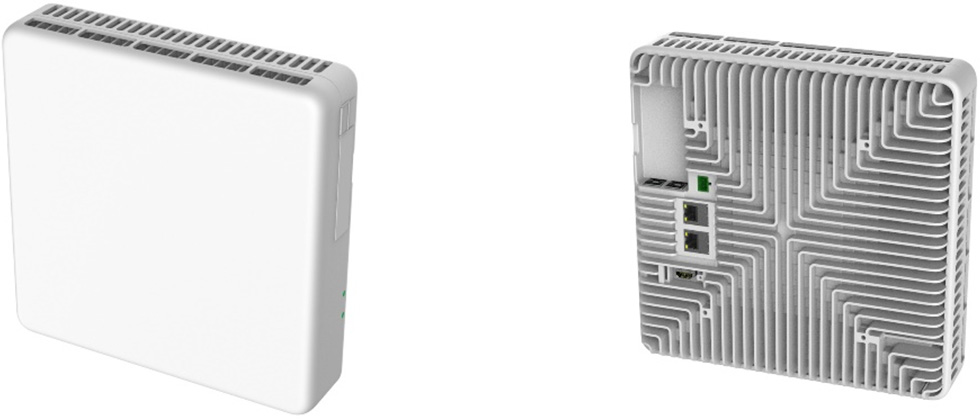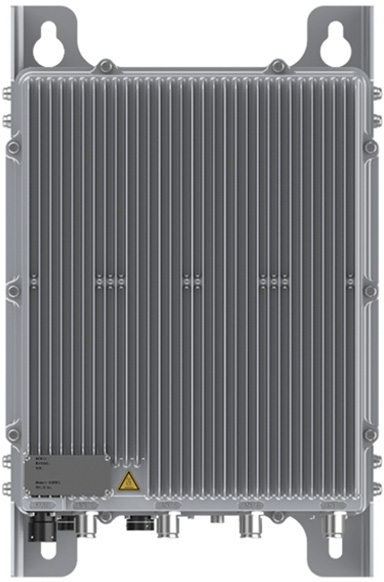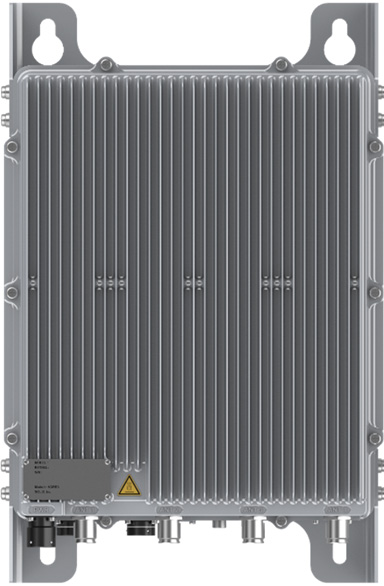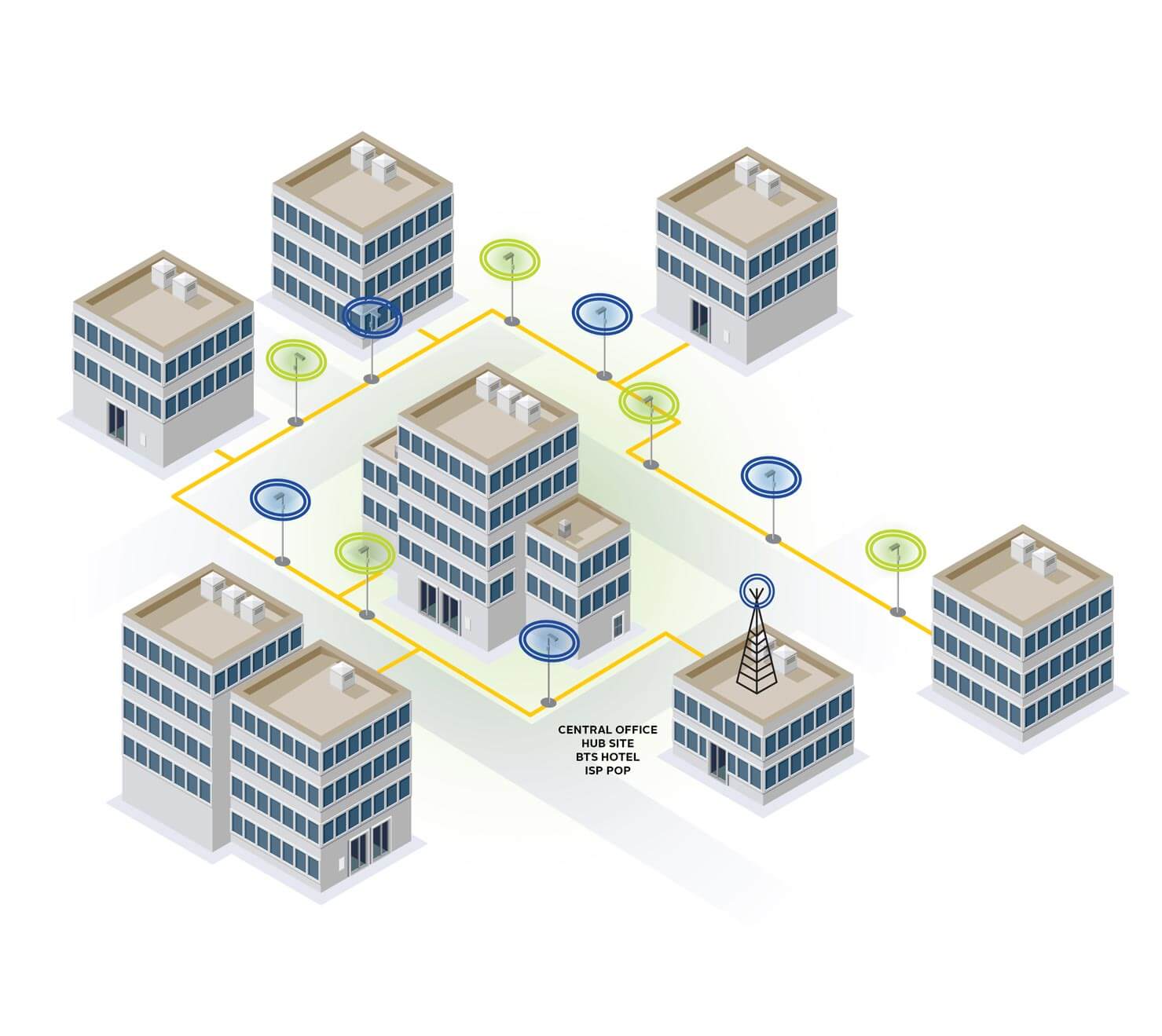
gGENESIS DAS
Robust, Flexible In-Building Wireless Technology.
Distributed Antenna Systems (DAS) is a proven technology, reliably delivering increased wireless coverage and capacity in stadiums, subways, airports, tunnels places where the macro network falls short. Everyday around the world, millions of cellular users connect to a SOLiD DAS. Unfortunately for most, their connected experience ends once they enter a building. For the billions of square feet of commercial real estate, the complexity and economics of traditional DAS is a deal breaker.
Commercial buildings are rapidly deploying new smart building technology. Property technology or Prop Tech is a trend that enables buildings to operate more efficiently, and create high value, customizable tenant and occupant experiences.
SOLiD gGENESIS DAS is a robust property technology plug-in that solves a property’s cellular problems for 5G. Using the same prop tech infrastructure gGENESIS delivers private 5G wireless network connectivity for IoT and prop tech communications and multi-operator cellular service for the property’s staff, tenants and visitors.


